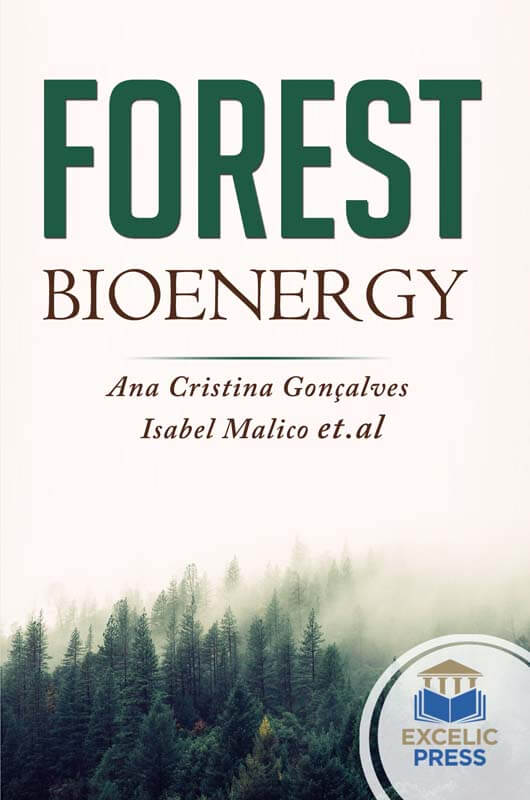Woody biomass is the longest-standing form of energy resources in the history of human civilization and is the largest source of renewable energy globally. The debate about using woody biomass for renewable energy production continues, on a global scale. Energy has been obtained from forests for thousands of years, forests being the largest contributor to the current global biomass supply. The interest in forest biomass as an energy source relates to some of its features, such as relative abundance and uniformity worldwide and neutrality of CO2 emissions. Nonetheless, its use is not free of risks, mostly related to the sustainability of the forest systems and their productions.
This book reviews the state of the art of the forest sources of biomass for energy, their assessment, their properties as a fuel, as well as the conversion technologies used in the most common energy applications. The production of bioenergy from forests has rapidly expanded and could increase in the coming years due to the recent increase in federal renewable energy and climate policies. However, growth rates and the amount of land in most of these existing forests may not be sufficient to sustainably supply the amount of forest biomass required to support existing forest products industries and the expanding bioenergy industry over short-term periods. An option for forestland owners to meet the demand and goals of renewable energy policies is to allocate non-forested lands for forest biomass production. The book also takes readers through CO2 Footprint of the Seeds of Rubber as a Biodiesel Feedstock Source. Now, the book further goes on to cover sensitivity analysis and evaluation of forest biomass production potential using SWAT model; increasing biomass demand enlarges negative forest nutrient budget areas in wood export regions; determinants and tools to evaluate the environmental sustainability of using forest biomass as an alternative energy source; analysis of selected physical properties of conifer cones with relevance to energy production efficiency; production of chips from logging residues and their quality for energy.
It also examines the role of climate, economic, and environmental impacts of producing wood for bioenergy. Additionally, it evaluates the three forest-based bioenergy development strategies in the inland Northwest, the United States and the impacts of climate change and bioenergy markets on the profitability of slash pine pulpwood production in the Southeastern United States. The book concludes with the historical background and current technology of (Thermo) chemical depolymerization of lignin; the natural ability of microbial enzymes and pathways to utilize lignin, the current prospecting work to find novel microbial routes to lignin degradation and some applications of these microbial enzymes and pathways; and the current chemical and biological technologies to upgrade lignin-derived monomers. The current book will be particularly valuable to the students, scientists, researchers, and other stakeholders associated with the subject area.














Reviews
There are no reviews yet.